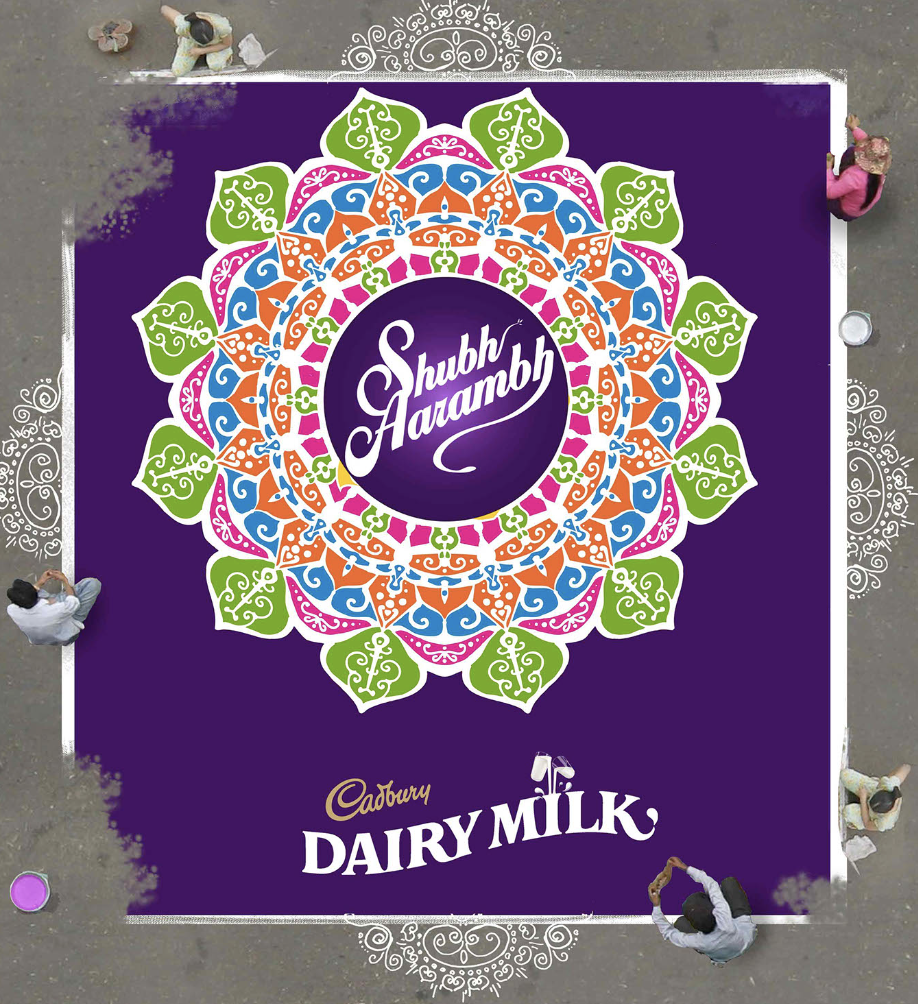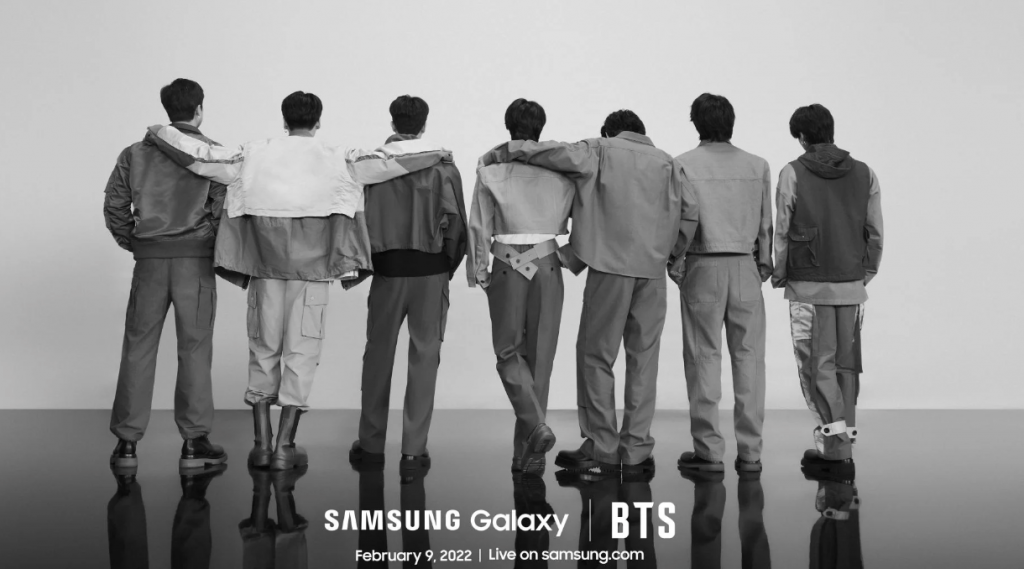In today’s diverse and multilingual world, vernacular advertising has emerged as a powerful tool for brands to connect with their target audience. With its ability to engage consumers in their native language, vernacular targeting holds immense potential for brands to widen their search and reach new groups of people. A whopping 75% of consumers have stated that they prefer buying products in their native language.
By connecting with audiences in their native language, these campaigns often experience better campaign performance by way of higher engagement and conversion rates. The use of vernacular languages also improves comprehension and resonance amongst non-English speakers which leads to better retention of the message and brand recall. This, in turn, can positively impact metrics such as brand awareness, brand loyalty, and customer satisfaction In this article, we will explore key strategies that brands can implement to build lasting relationships with their vernacular audience.
Understand Regional Language and Nuances
To create meaningful vernacular campaigns, brands need a deeper understanding of the language and culture of the people they are targeting. Simply translating an English advertisement is not enough to get the audience’s attention. It is essential to adapt the message of the advertisement to the cultural and linguistic nuances of the region, making it relevant for the audience. This approach will help marketers to create content that resonates with the target audience, evokes emotions, and establishes a genuine bond. By understanding the region’s culture, brands can craft relevant narratives, slogans and taglines that are culturally relevant to build trust and affinity amongst consumers.
Content Localization- Reaching local Audiences
Building on the previous point of adapting advertisements to local languages, the concept of content localization goes one step deeper and considers the geographical setting of the audience being targeted. It plays a pivotal role in vernacular targeting, especially when targeting different settings like urban and rural areas. While both settings may share the same language, their cultural contexts, lifestyles, and consumer preferences differ significantly. To effectively connect with these diverse audiences, brands must tailor their content to suit the specific needs and aspirations of urban and rural communities. A side-by-side comparison between localized campaigns and their English counterparts revealed that 86% of the localized campaign creatives outperformed the English versions in both Click through rate (CTR) and conversion rate.
For example, when it comes to localizing an urban setting, advertisements can highlight urban experiences, technological advancements, and the convenience of products or services in city life. Visuals depicting urban landscapes, bustling streets, and trendy fashion can create a sense of familiarity and appeal.
On the other hand, for a rural setting, advertisements can focus on themes such as community, traditional values, agriculture, and rural development. Depicting rural landscapes, agricultural practices, and close-knit communities can establish a relatable connection with rural audiences.
Example- Cadbury

Cadbury has localized its content for urban audiences through campaigns like “Joyville” which feature modern, urban settings, and young individuals experiencing moments of joy while enjoying Cadbury chocolates. On the other hand, Cadbury also effectively targeted rural communities with campaigns like “Shubh Aarambh” in India, which celebrated the auspiciousness of rural weddings and highlighted the role of Cadbury chocolates in these joyful.
Harness the power of local celebrities and influencers
Using local celebrities can be an excellent way for brands to build a genuine connection with their audience. Local celebrities/influencers possess a high degree of familiarity and credibility making them aspirational figures among the local population. By leveraging their popularity and influence, brands can tap into their existing fan base of these celebrities and gain immediate recognition and acceptance among the vernacular audience. Moreover, their presence in advertisements creates a sense of trust and resonance, as they are seen as representatives of the local community. Additionally, since local celebrities hail from the same community as they are idolized, they possess an innate understanding of the local culture, customs, and dialects. This lets them effectively communicate the brand’s message in a culturally relevant and linguistically accurate manner, ensuring maximum impact on the audience.
Example- Samsung x BTS

In South Korea, Samsung partnered with BTS, leveraging their immense popularity to create impactful advertising campaigns and resonate with the local audience. Samsung even launch limited edition BTS versions of their flagship smartphones, the S20 and the Z flip 4 to further drive up sales.
Leverage Hyperlocal insights
Hyperlocal insights play a pivotal role in the success of vernacular advertising campaigns. They help marketers understand the unique preferences and behaviours of people residing in specific geographical regions. With hyperlocal insights, brands can effectively implement a content localization strategy. Advertisers can uncover the distinct cultural nuances, traditions, and values of a particular region, allowing them to create advertisements that resonate on a personal level. This cultural alignment fosters a sense of familiarity and authenticity, strengthening the bond with the local audience. However, despite the benefits, accurate hyperlocal insights are difficult to come across. This is primarily because of limited data availability, privacy concerns, and the need for specialized tools. Obtaining accurate and up-to-date information about local preferences, behaviours, and demographics requires extensive research, partnerships with local experts, and overcoming language barriers.
Building successful vernacular advertising campaigns requires a holistic approach that goes beyond translation. By understanding regional languages and nuances, marketers can create culturally relevant content that resonates with the target audience. Content localization, considering both language and geographical settings, further enhances the effectiveness of campaigns by tailoring messages to specific communities. Leveraging local celebrities and influencers adds credibility and authenticity, while hyperlocal insights provide valuable information about the preferences and behaviours of local populations. Implementing these strategies can help brands establish lasting connections with their vernacular audience, driving engagement, loyalty, and business growth in diverse and multilingual markets.



